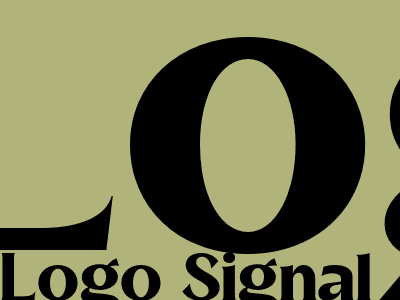On-Page SEO: A Comprehensive Guide to Optimizing Your Website for Search Engines
Introduction
In today’s digital landscape, it’s crucial to have a strong online presence. Search Engine Optimization (SEO) plays a vital role in driving traffic to your website and increasing its visibility in search engine results pages (SERPs). On-page SEO involves optimizing various elements of your website to improve its ranking and user experience. This comprehensive guide will delve into the key aspects of on-page SEO, providing practical tips and best practices to help you optimize your website for success.1. Keyword Research and Optimization
Conduct thorough keyword research to identify relevant keywords that your target audience is searching for.
Use Google Keyword Planner, SEMrush, or other keyword research tools to analyze search volume, competition, and related keywords.
Incorporate these keywords naturally throughout your website's content, page titles, meta descriptions, and headings.
2. Content Creation and Optimization
Create high-quality, informative, and engaging content that provides value to your audience.
Use headings (H1, H2, H3) to structure your content and make it easy to read.
Include relevant images, videos, and other multimedia elements to enhance user experience.
3. Page Title and Meta Description Optimization
Write a clear and concise page title that accurately reflects the content of each page.
Keep the page title under 60 characters to avoid truncation in SERPs.
Create a compelling meta description that summarizes the page's content and encourages users to click through.
4. Header Tag Optimization
Use header tags (
, , , etc.) to structure your content and create a hierarchy.
, etc.) to structure your content and create a hierarchy.
Place your main keyword in the
tag and use variations of the keyword in subsequent header tags.
Keep header tags concise and descriptive, accurately reflecting the content of each section.
5. Image Optimization
Optimize images for both search engines and users by providing descriptive file names.
Use alt tags to provide a text alternative for images, describing their content for accessibility and SEO.
Compress images to reduce file size without compromising quality, improving page load speed.
6. Internal Linking
Create a robust internal linking structure to help search engines understand the relationship between pages on your website.
Use relevant anchor text that accurately describes the content of the linked page.
Avoid excessive linking, as it can dilute the value of links and confuse search engines.
7. Page Speed Optimization
Ensure your website loads quickly for both desktop and mobile users.
Use tools like Google PageSpeed Insights or Pingdom Tools to analyze your website's performance and identify areas for improvement.
Implement caching, minify files, and reduce image sizes to optimize page speed.

Komentar